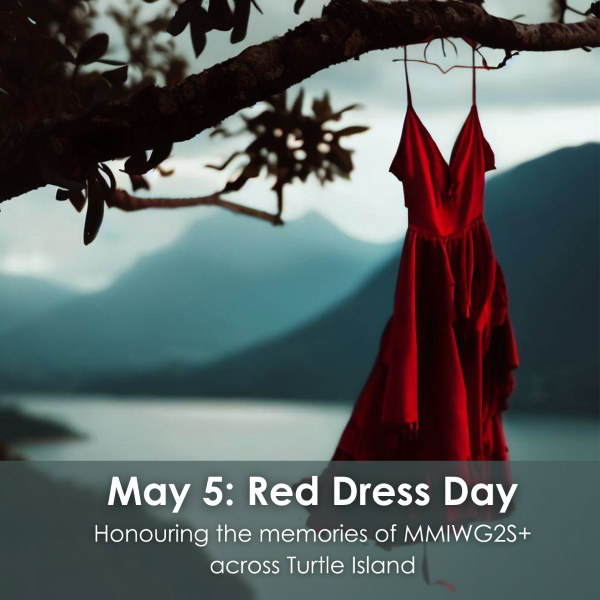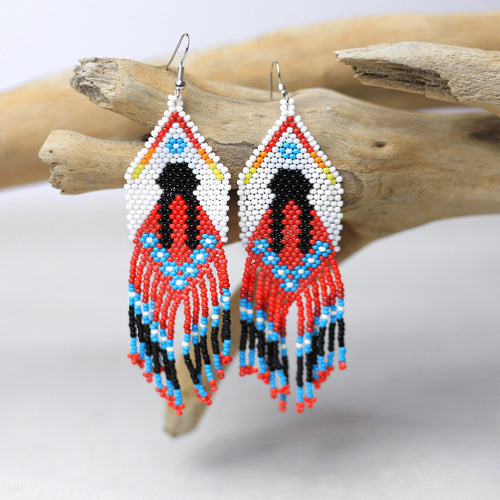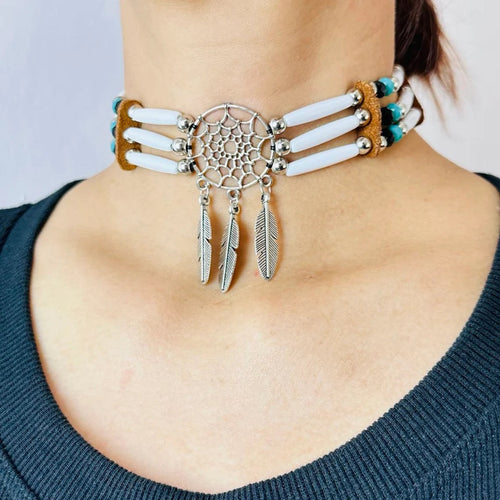In Oct. 2022, the Yurok Tribe held its first policy summit to address the Missing & Murdered Indigenous Women crisis. We spoke with those affected by this issue.
By now it's likely people have heard of the term Missing and Murdered Indigenous Women (MMIW), or Missing and Murdered Indigenous Persons (MMIP). It’s a movement by Native people and allies to raise awareness for loved ones who are reported missing or have been killed. The movement also pushes for more law enforcement involvement in solving the cases of Native people, whether on Native sovereign land or elsewhere.
According to a report released in 2018 by the Urban Indian Health Institute (UIHI), a division of the Seattle Indian Health Board, 506 cases of missing or murdered indigenous women and girls have been reported since 1943. The numbers reflect information from records requests and research of 71 U.S. cities, and it is likely an undercount, the researchers say.
Meanwhile, in 2018, an Associated Press investigation found 633 Indigenous women made up 0.7% of open missing person cases despite being 0.4% of the U.S. population.
In a move to raise awareness in California, the Yurok Tribe in Del Norte and Humboldt counties held its inaugural Northern California tribal policy summit on Missing and Murdered Indigenous People.
“We've had a number of tribal leaders coming together, to not only bring awareness but also bring solutions and also direct actions to address the crisis that's impacted us in California,” said Joseph L. James, chairman of the Yurok Tribe. ”But it's also impacted across Indian Country, (and) across the nation.”
The summit held in Arcata brought not just tribal leaders, but state leaders and law enforcement.
“California has the third largest caseloads of MMIW in the United States,” said James. “So it is at our doorstep, it is in our backyard. As tribal leaders, as elected officials to the state or the federal side, action is needed to happen through policy, through law, through public safety, through courts. The need is now our people, our women, our children, our families who've been affected by this, when we have our young women go missing, either abducted or danger or threatened. You know, it's here, it is here now.”
At the conclusion of the summit, James said the consensus was a need for better education on Native American history and issues, and funding for MMIW. He also highlighted the need to reform Public Law 83-280, which grants certain states, including California, criminal jurisdiction over Indians on reservations and allows civil litigation under tribal or federal court jurisdiction to be handled by state courts.
According to data supplied by the Yurok Tribe from its 2021 report, "a total of 165 MMIWG cases across the state (of California), since 1900 (approximately 90% happened after 1980). This year, the number of MMIWG cases rose to 183. This increase is 1.3x higher than the average number of cases per year.”
The report — like similar ones on the topic — raised concerns about the actual number of cases.
“We are confident that there are cases that we have not been able to count due to barriers in data collection, and feel it is likely the true number is much higher,” read the report.
It’s a sentiment echoed by Morning Star Gali, project director with Restoring Justice For Indigenous Peoples, which is an organization supporting Native families with loved ones missing or murdered.
“I would say that one of the big issues of it being unreported, when it comes to racial classification, it is a barrier and a challenge for those that are not very aware of the issues within our community,” said Gali. “There's so many stereotypes and misconceptions of even what a Native person looks like, right? So especially here in California, we don't fit that stereotype of the typical like Southwestern Indian imagery, or the Midwestern Indian imagery... and so, who defines what a native person looks like, I feel has a lot to do with it.”
Gali also believes victim blaming is a contributing factor.
“There's a lot of victim blaming that occurs, especially for Native women. We see that when it's a non-Native person - when it's specifically a younger white girl or white woman that has gone missing - then there's a lot of momentum and support out in the public media,” said Gali. “But when it's a Native girl or a Native woman that has gone missing, then there's a lot of victim blaming within that narrative of, like, 'What did she do to get herself into that situation? What did she do to get herself killed, to get herself disappeared?'”
California, like many states nationwide and Canadian provinces, has taken steps to address the crisis through policies and laws.
“We've been working side by side with the Indian community on this issue,” said California Assemblymember James Ramos, who is a member of the Serrano/Cahuilla tribe and is the first California Indian to be elected to the California State Assembly.
Ramos pointed to Assembly Bill 3099, which helps invest $5 million into guidance, training and support on how to address crime on tribal lands as well as improving data collection and collaboration with law enforcement agencies.
“On this issue, we had one select committee hearing that came forward that talked about an alert system. If we had an alert system, then we could be more preventive (and) proactive, rather than now calling on law enforcement to investigate someone that (died),” said Ramos. “So we went to work right away with tribal leaders and created AB 1314 “Feather Alert” that was signed into law. So now there's two pieces of legislation - bills - that have been dedicated towards this crisis.”
Feather Alert will be enacted in early 2023. As for the follow-up of AB 3099, Ramos says once data is collected, he plans to move on to a piece of legislation supporting outcomes of what the report identifies as needing attention.
Attention is something both Morning Star Gali, project director with Indigenousjustice.org; and Joseph L. James, chairman of the Yurok Tribe, emphasize is needed.
“I just wanted to keep putting this out there of when people are missing, because, you know, they’re kids, they’re mothers, they’re grandmothers, they’re grandfathers. (Families) just want (them) to come home and a lot of times they also want closure, too,” said James.








